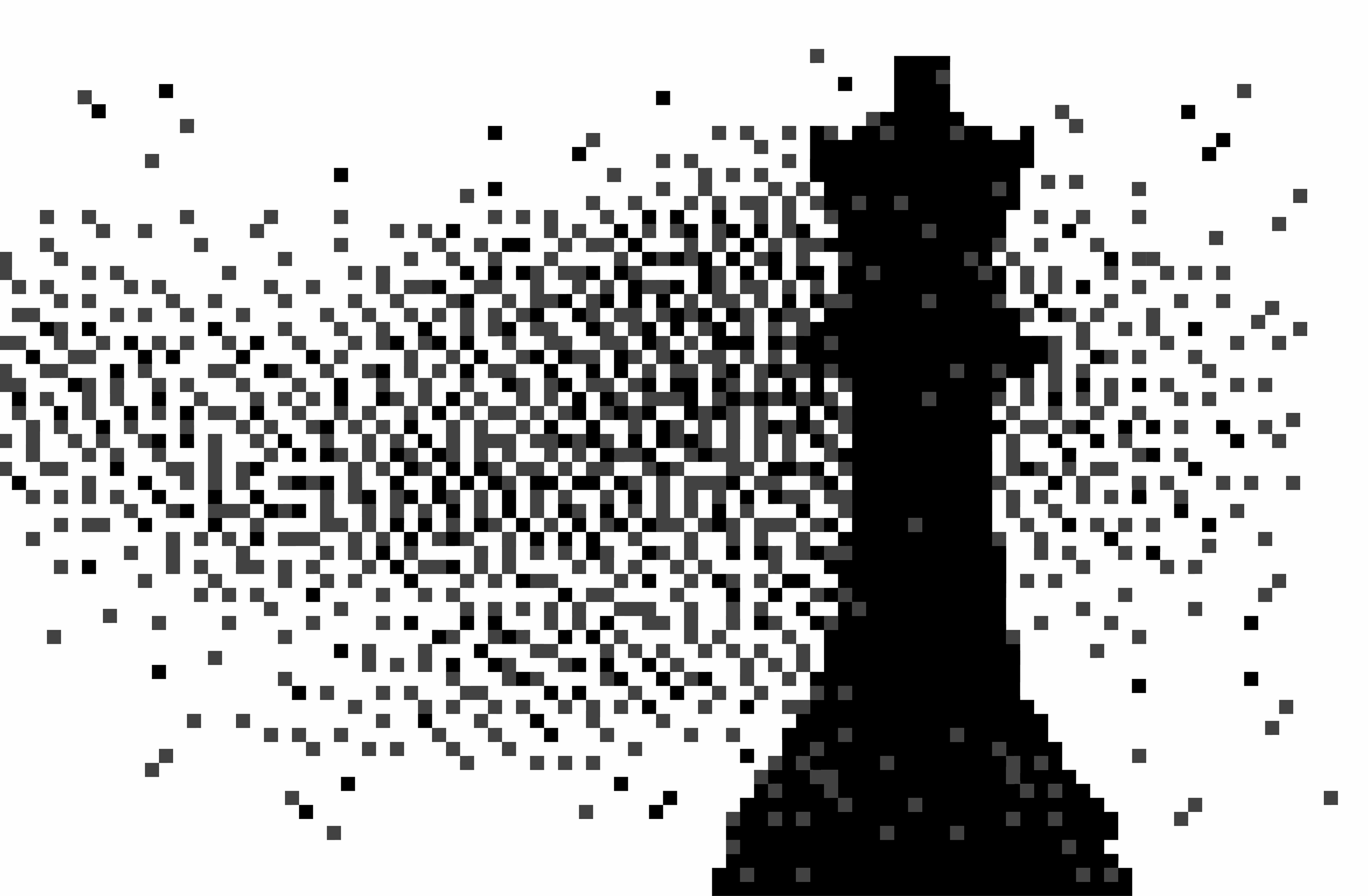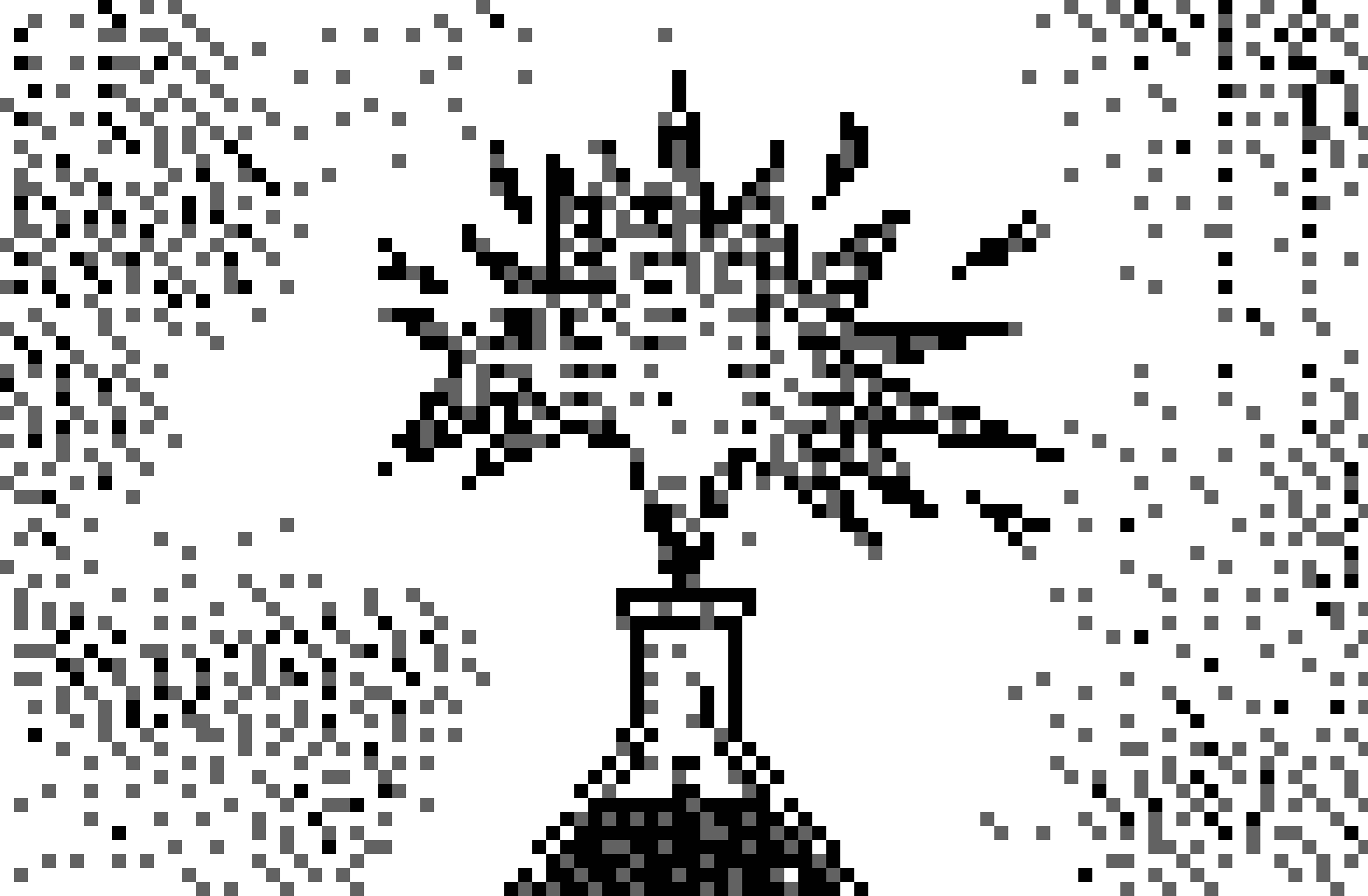Brand Creative in the Age of AI Conversation with Peregian Digital Hub
What happens when two laid-off ex-agency folks tinker with AI during a global pandemic? You get Springboards—an idea accelerator now used by 120+ agencies to fight creative sameness and win more pitches. In this convo with Peregian Digital Hub Director Chris Boden, Pip and Amy share how they built a startup from scratch, why AI should fuel creativity—not replace it—and how they’re helping agencies fall in love with bold ideas again.
Springboards co-founders Pip and Amy had a chance to sit down with Peregian Digital Hub Director, Chris Boden, to talk about how they went from freshly laid-off tech workers with a toddler to founders of an AI startup, changing the game for advertising agencies. Peregian Digital Hub is a self-proclaimed “gathering place for AI nerds” in Noosa, Australia, where the co-founders reside, and was a huge influence on kickstarting Springboards.
The conversation ranged from playing and tinkering with AI tools during covid times to building an MVP and learning what VC was, to today with over 100 agencies onboarded and using Springboards to supercharge their creative process. Read on for highlights from the conversation between Chris, Pip, and Amy.
What Business Need Does Springboards Solve?
If you haven’t heard, the ad industry’s got a problem. Margins are shrinking, and a big part of it is what we lovingly call the "pitching problem." Agencies are hustling harder than ever, sinking time and money into speculative work—creating entire campaigns for free just to win a client. It’s exhausting, expensive, and honestly, kinda soul-crushing.
That was the impetus for Springboards, the platform that puts creativity back in the driver’s seat without losing the human spark. Built by ad-world veterans, Springboards is an idea accelerator designed to speed up the creative process without watering down the magic. Think of it as your new brainstorming buddy, helping with everything from strategy to killer concepts.
Here’s what makes us tick:
- We Want to Fit Into Agency Workflows: Clients don’t just hire you for the work; they want ideas, innovation, and yep, even "someone to blame” if something goes wrong (no judgment!) Springboards isn’t supposed to replace your process—it powers it, giving you more firepower to deliver fresh, unexpected ideas.
- Not Designed to Give You Answers but an Inspiration Overload: Springboards isn’t about spitting out the answer. It’s about throwing a hundred weird, wild, and wonderful ideas your way so you can pick the best and make them better. It’s like a workshop in your pocket, minus the bad coffee and awkward icebreakers.
- Humans Always Come First: This isn’t some “robots-take-your-job” story. Pip and Amy built Springboards to keep people in the creative equation. The platform is there to amplify your genius, not replace it. We like to think of it as the Terminator story - we’re using humans partnered up with AI to fight the evil AI.
- Say Goodbye to Meh Ideas: AI often has this nasty habit of playing it safe and turning out stuff that’s painfully average. We hate that. So we’re constantly tweaking Springboards to make sure it doesn’t fall into that trap. The goal? Help you hit the jackpot without settling for "fine."
Springboards isn’t just helping agencies work smarter—it’s flipping the script for teams and entire agencies:
- One user told us, “With Springboards, I feel like I can take on any agency out there.” That’s the energy we live for.
- Pitches are turning into wins: Agencies using Springboards have more wins under their belts. One client even joked, “The only problem is, I don’t have enough briefs to answer anymore.”
What’s Next?
We’re not stopping here. With plans to continue growing globally and a laser focus on fighting creative entropy (aka the soul-sucking sameness that kills good ideas), Springboards is on a mission to keep creativity alive and well.
Our promise? To keep pushing boundaries and helping the world’s creatives do what they do best: make weird, wild, wonderful things happen. Check out the full interview here for more insights.
Ready to rethink how you work? Join the Springboards revolution, and let’s keep creativity where it belongs—in human hands. Request a demo today at https://springboards.ai/#demo.



